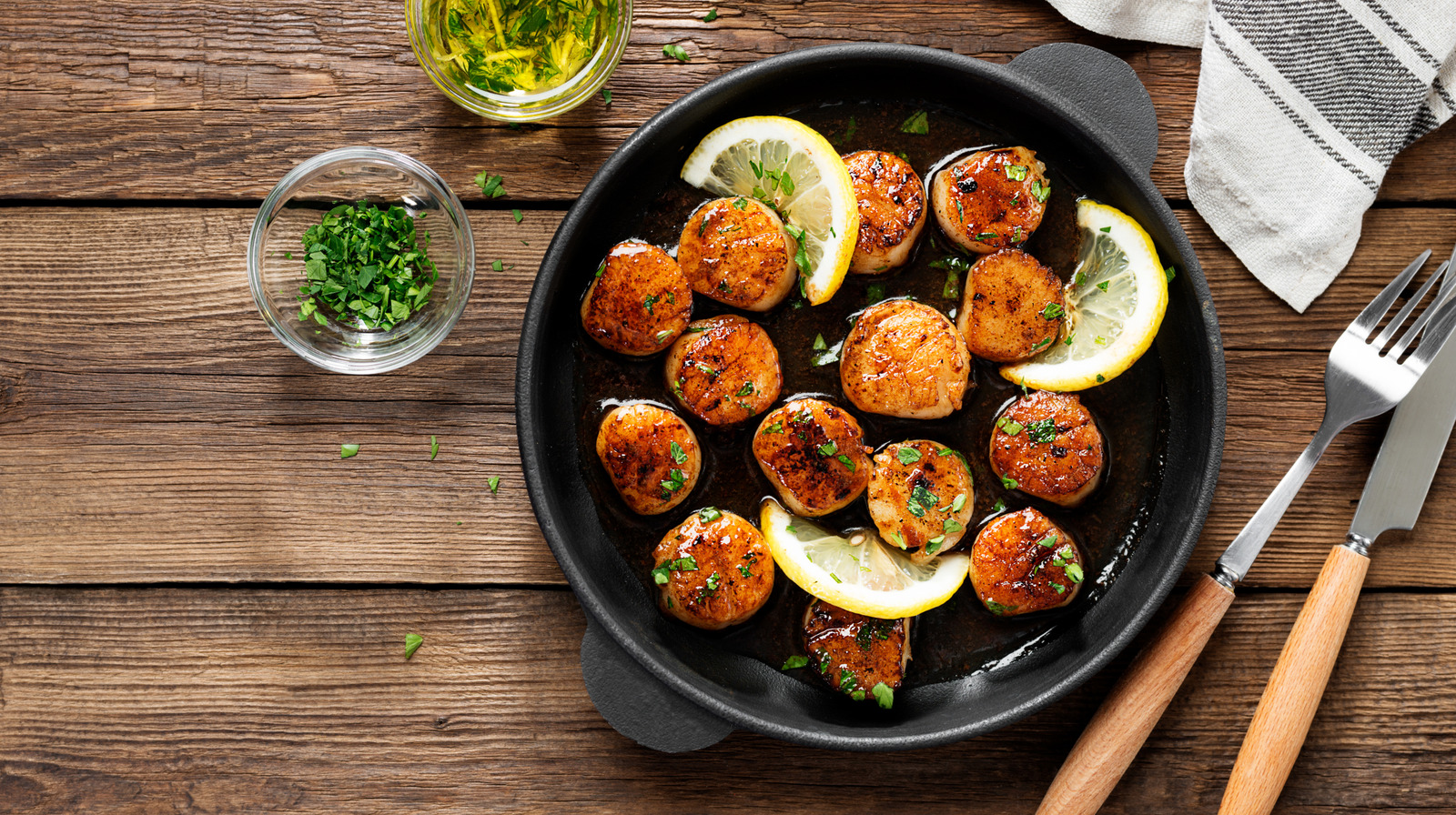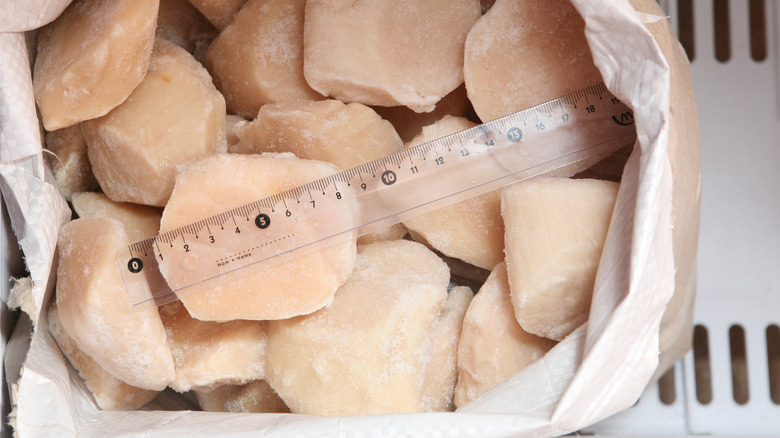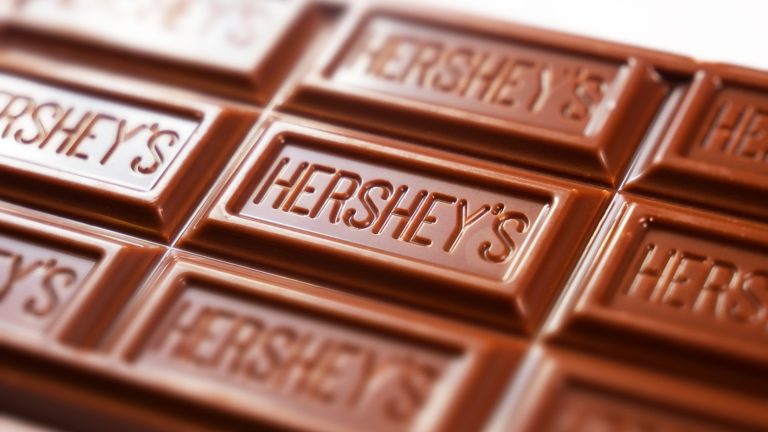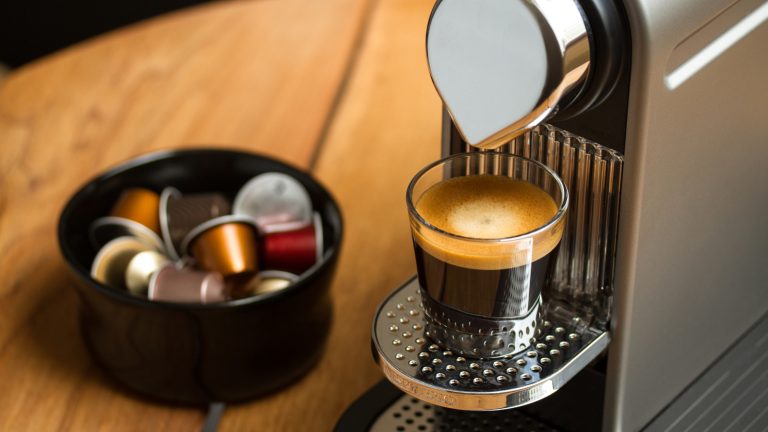Scallops may be delicious, but they are the odd ones out of the mollusks we eat for seafood. A relative of clams, mussels, and oysters, scallop “meat” comes from the inside a similar shelled sea creature. But where the other common mollusks are usually small things that are eating in a single bite or slurp, scallops can range wildly in heft, from big and meaty to small and bite-sized. This matters because differently sized scallops are going to be cooked in different ways and are not always used in the same type of recipes. That’s why seafood counters and packages of frozen scallops usually have a “count size” label to help you out. They let you know a scallop’s relative size by telling you how many individual scallops of that size will make a pound.
Because individual scallops are going to narrowly range in their weight, scallop count sizes are given in ranges. A common size you will see is 30-40, which means you will get roughly that many scallops if you order a pound. There are also corresponding names for each count size. Those 30-40 scallops are “large,” while there are 20-30 scallops that are “jumbo,” or 60-80 for “small.” Your local fish market or grocery store probably will not carry every size, which range from the super colossal scallops that have under 10 per pound to tiny “extra small” scallops with more than 120 per pound. As you can imagine, that variation can lead to a lot of mistakes when cooking your scallops.
Scallops count size estimates how many individual scallops of that size are in one pound
To put those scallop weights in size terms, the smallest ones can be as small as half an inch thick, while jumbo scallops can be 2 inches thick, and other sizes even bigger. The size of scallops is also good for indicating whether they are bay scallops or sea scallops. Large scallops are usually sea scallops, which are more expensive and have a saltier, more “seafoody,” flavor. Smaller scallops sizes (the bite-sized ones under 60-80) are usually bay scallops, which have a sweeter flavor and more tender texture.
Even larger scallops are still pretty tender, and they cook very quickly no matter the size, so each one is limited in its applications. Bigger scallops, generally the large size and above, are main-course worthy and are best made with a quick sear over high heat. This can be done on a stovetop — or a grill if your scallops are big enough to not fall through the grates. Even at higher temperatures your large scallops in the 30-40 or 20-30 range will cook in under two minutes per side. Smaller scallops will need less than one minute per side to cook through. Their bite-sized nature makes them better for adding to dishes like pasta or seafood soups and stews. But while each size of scallop works in different applications, you shouldn’t fret since there are plenty of great scallops recipes to try them all out.






